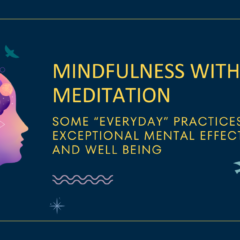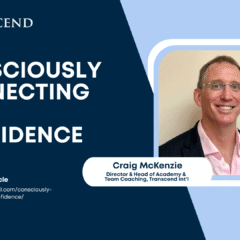Many individuals we’ve encountered have something about his or her behavior that they want to change, but are having a hard time doing it. The Immunity to Change coaching and training method, developed by Professor Robert Kegan of Harvard University (Kegan & Lahey, 2009), is the most effective process we know to address someone’s internal barriers to self-improvement. This process is exciting because it makes a difference quickly and is highly “evidence based”.
Sustainable Change is Hard
Maybe your organisation has newly promoted leaders who need to delegate better or build executive presence. They have the skill, been on the courses, but are not changing. Perhaps you have a senior director of C level person whose “large and in charge” communication style is alienating people. Maybe there is an executive who has been getting feedback in reviews over the past few years that they need to speak up more in meetings with others, or manage conflict skillfully.
If you’re like most of the organisations with whom we work, their people have made sincere commitments to change. They have participated in training programs, invested in books, outlined self-improvement plans, and set accountability measures. Maybe they can get things to shift for a little while, but eventually they return to habitual ways of relating, working and thinking.
If this sounds like you or people in your organisation, you may need the “Immunity to Change Approach”. This approach deals with the hidden barriers that get in the way of change.
What is the Immunity to Change?
An example pointed out by Kegan and Lahey unravels the mystery. They point to a study that showed that even when doctors tell heart patients that they will die if they don’t change their habits, only one in seven will follow through successfully. If change is elusive for people even when faced with matters of life and death, Kegan and Lahey argued that desire and motivation alone can’t be enough to change the status quo. They found out that these bad habits were driven by “self protective commitments” installed early on in life. These protective commitments are designed to keep us exactly as we are. This is known as the “psychological immune system”. It is designed to keep us safe, but just like the physical immune system, is prone to error!
Beliefs and Habits
Kegan and Lahey discovered that behind each of our habits is a strongly held “big assumption” that causes behavior that gets in the way of our real goals. Just like an immune system, these assumptions get in the way of any change that threatens the status quo. This resistance works at the subconscious level and becomes active when we are triggered, stressed or, simply, just busy. In these moments, “protective” behaviours take us in directions that may work against change goals.
Example
If I my one of my “big assumptions” is that my value lies in being an expert and being seen as such, I am likely to be very prone to asserting my views and to “being seen to be right”. In key “moments of choice, particularly under stress or when busy, I will likely defend my expert status at all costs. My developmental goal of listening better and accepting other’s influence and opinions will actually undermine what I consider my core value (even though this value is “hidden.
It turns out that even a strong desire and motivation to be a better leader can’t compete with the deeply seated (and hidden from conscious view) and embodied belief that my value lies in being an expert. In this case, we are dealing with an “Immunity to Change” that first needs to be unearthed for real and lasting improvement to be possible. In other words, the protective, hidden value or commitment (to always be seen as “the expert”) needs to be brought into conscious view, the assumptions challenged so that we can release ourselves from being “subject to” this commitment in the “moment of choice”.
Related Posts
Team Coaching Skills for Team Leaders

Team leaders are increasingly required to deliver results through teams…




